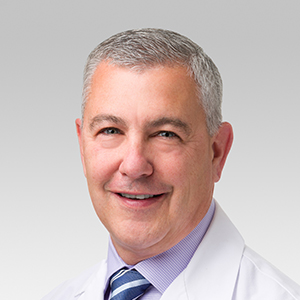Quick Dose: Does My Baby Need a SIDS Monitor?
Published October 2019
SIDS monitors and sleep apnea monitors have not been shown to reduce the risk of SIDS.
The best way to reduce your child’s risk of SIDS is to put them to sleep on their back in a safe sleeping environment.
Sudden infant death syndrome (SIDS) is the unexplained death of a seemingly healthy baby, typically during sleep, in the first year of life. The peak for SIDS risk is between 1 and 4 months of age. More than 90% of SIDS incidences occur before 6 months of age.
Over-the-counter SIDS monitors and sleep apnea devices monitor your infant’s vital signs: Heart and breathing rates, and blood oxygen levels. They come in many forms:
- Older versions involved wires and patches that you attach to your child during sleep that alert you of changes in your child’s vital signs. These types of monitors are not recommended because any items in your infant’s crib — even soft and moveable ones like crib bumpers — increase risk for SIDS.
- Newer iterations look like socks your child wears to sleep. They deliver information to your phone and alert you to changes in vital signs via Bluetooth. While these may not carry the same safety risks as older monitors, these monitors still have not been shown to be beneficial.
“There isn’t any data that shows SIDS monitors reduce the risk of SIDS,” says Northwestern Medicine Pediatrician Michael D. Bauer, MD. “They also cause unnecessary stress among parents and have a very high rate of false positives.”
SIDS monitors should not replace the recommended methods of reducing SIDS risk from the American Academy of Pediatrics.
“Control what you can control,” says Dr. Bauer. “Many simple things you can do for your baby’s environment can really help reduce the risk of SIDS. These products have never been shown to be useful or to prevent SIDS an any way, shape or form.”
Learn how to reduce your child’s risk of SIDS here.






